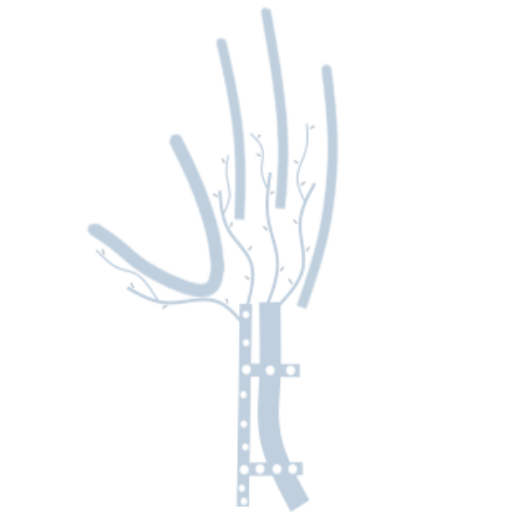Controversies and best practices for acute scaphoid fracture management
Fuente
Este artículo es originalmente publicado en:
De:
J Hand Surg Eur Vol. 2017 Jan 1:1753193417735973. doi: 10.1177/1753193417735973. [Epub ahead of print]
Todos los derechos reservados para:
Copyright © 2017 by The British Society for Surgery of the Hand
Abstract
Acute scaphoid fractures are common wrist injuries that continue to elicit debate from surgeons regarding the most appropriate diagnostic and management algorithms. This review will examine the current literature and trends, in an attempt to provide the reader with an evidence-based discussion regarding current controversies of interest to clinicians. In addition, an attempt will be made to provide recommendations for the best treatment practices for acute scaphoid fractures.
KEYWORDS:
Scaphoid fracture; scaphoid; internal fixation; non-operative treatment; percutaneous fixation
Resumen
Las fracturas agudas de escafoides son lesiones comunes en la muñeca que continúan provocando el debate de los cirujanos con respecto a los algoritmos de diagnóstico y manejo más apropiados. Esta revisión examinará la literatura actual y las tendencias, en un intento de proporcionar al lector una discusión basada en la evidencia con respecto a las controversias actuales de interés para los médicos. Además, se intentará proporcionar recomendaciones para las mejores prácticas de tratamiento para las fracturas agudas de escafoides.
PALABRAS CLAVE:
Fractura de escafoides; escafoides; fijación interna; tratamiento no quirúrgico; fijación percutánea

